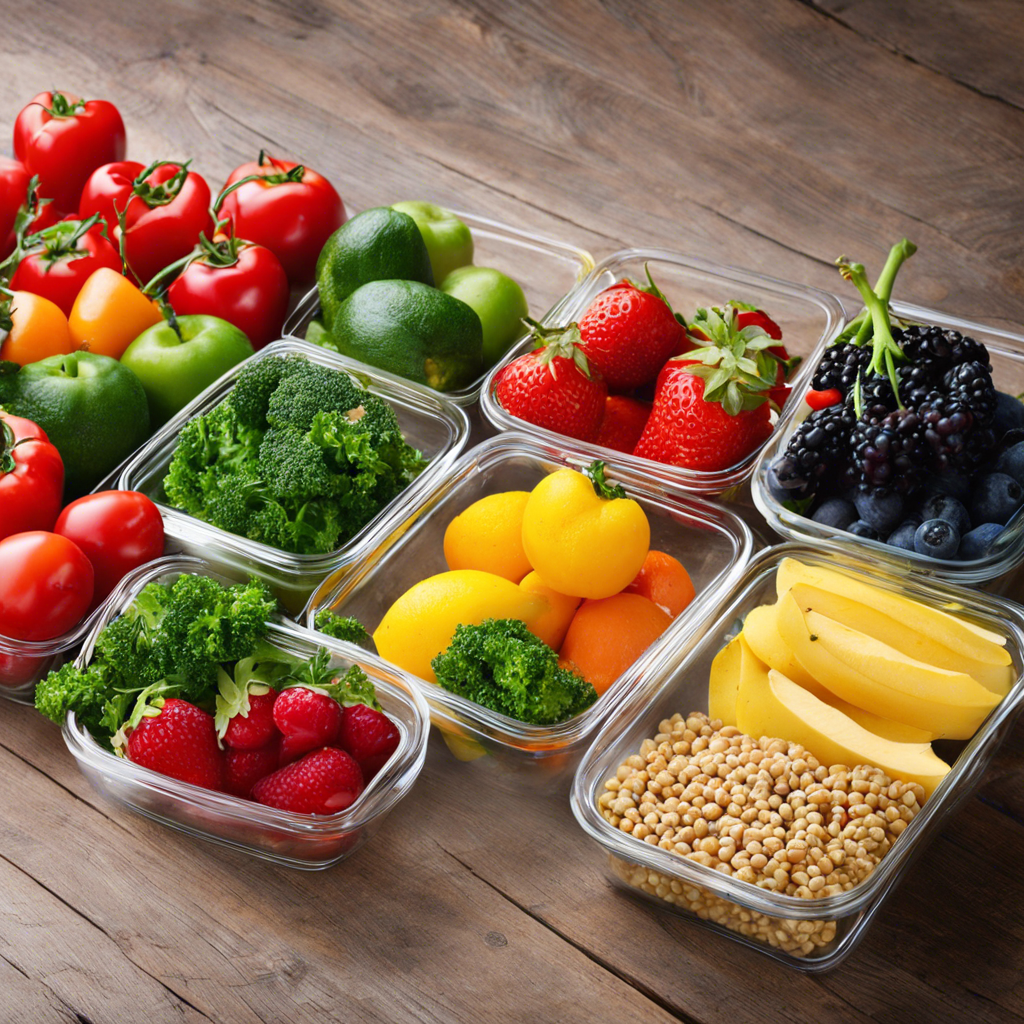Eating healthy doesn’t have to break the bank. With a few smart strategies, you can enjoy nutritious meals without sacrificing your budget. Here are some tips to help you navigate the grocery store and your kitchen like a frugal foodie.
Plan your meals and create a shopping list. Impulse buying is a budget’s worst enemy. Before heading to the store, take an inventory of what you already have and plan your meals for the week. Create a detailed shopping list organized by food categories such as produce, proteins, dairy, and grains. This simple practice will not only save you money but also reduce food waste by ensuring you buy only what you need. Remember, a well-planned grocery list is your secret weapon for a successful shopping trip.
Buy whole foods and cook from scratch. Processed and pre-packaged foods often come with a higher price tag and less nutritional value. Opt for whole foods like fresh or frozen fruits and vegetables, whole grains like rice and quinoa, and bulk items like beans and lentils. Cooking from scratch allows you to control the ingredients, making it healthier and more cost-effective. Simple meals like vegetable stir-fries, homemade pizzas with fresh toppings, or whole-grain pasta salads are budget-friendly and can be adapted to your taste preferences.
Explore local markets and seasonal produce. Visit your local farmers’ markets or explore the produce section of your grocery store to find seasonal fruits and vegetables, which are often more affordable and at their peak flavor. Seasonal produce changes throughout the year, so you can enjoy a variety of flavors and nutrients while keeping costs down. Local markets may also offer better deals on locally sourced items, and some supermarkets have loyalty programs or digital coupons to help you save even more.
Embrace leftovers and batch cooking. Cooking larger quantities of food and storing the leftovers for future meals is a great way to save time and money. Invest in a set of reusable food containers and designate a day for batch cooking. Soups, stews, and casseroles often freeze well, and you can easily transform leftover ingredients into new dishes. For example, roast a whole chicken for one meal, and then use the leftovers for sandwiches, salads, or wraps throughout the week.
By implementing these strategies, you’ll be amazed at how much you can save while enjoying delicious and nutritious meals. Healthy eating on a budget is possible with a bit of planning, creativity, and a willingness to explore new culinary adventures. Happy cooking!
